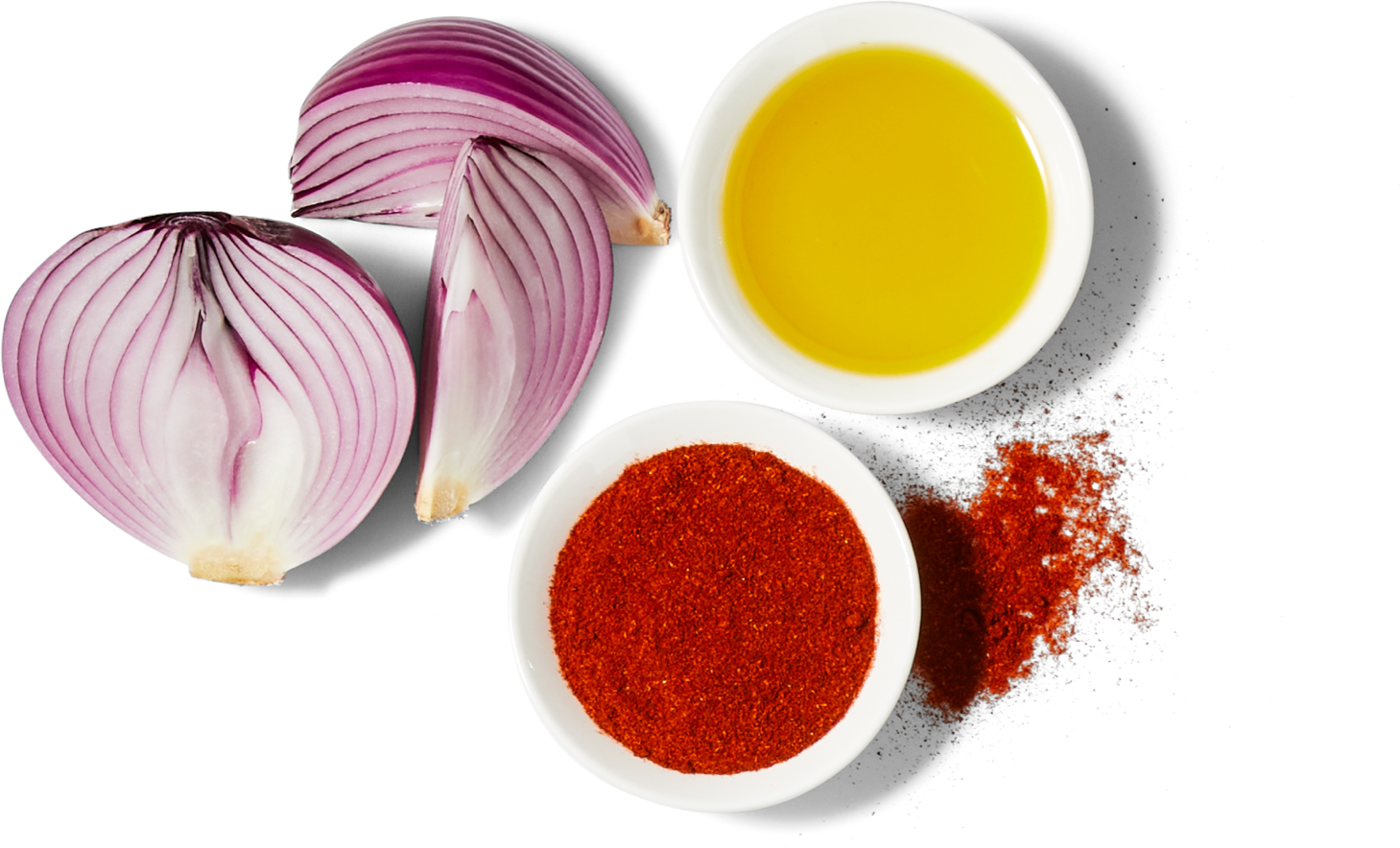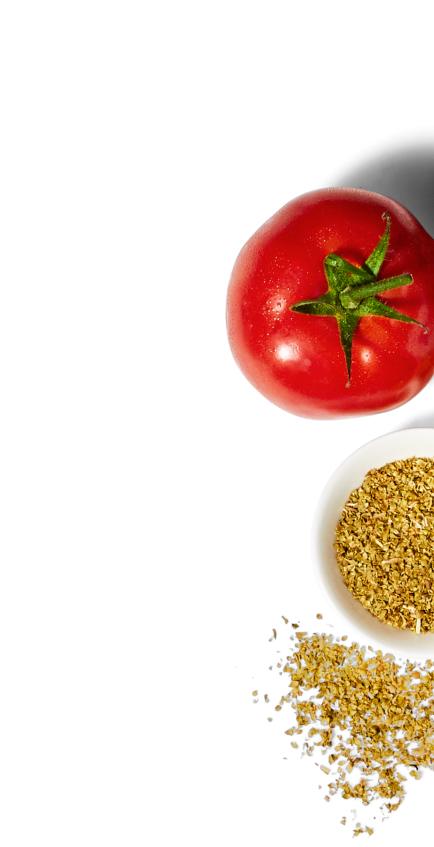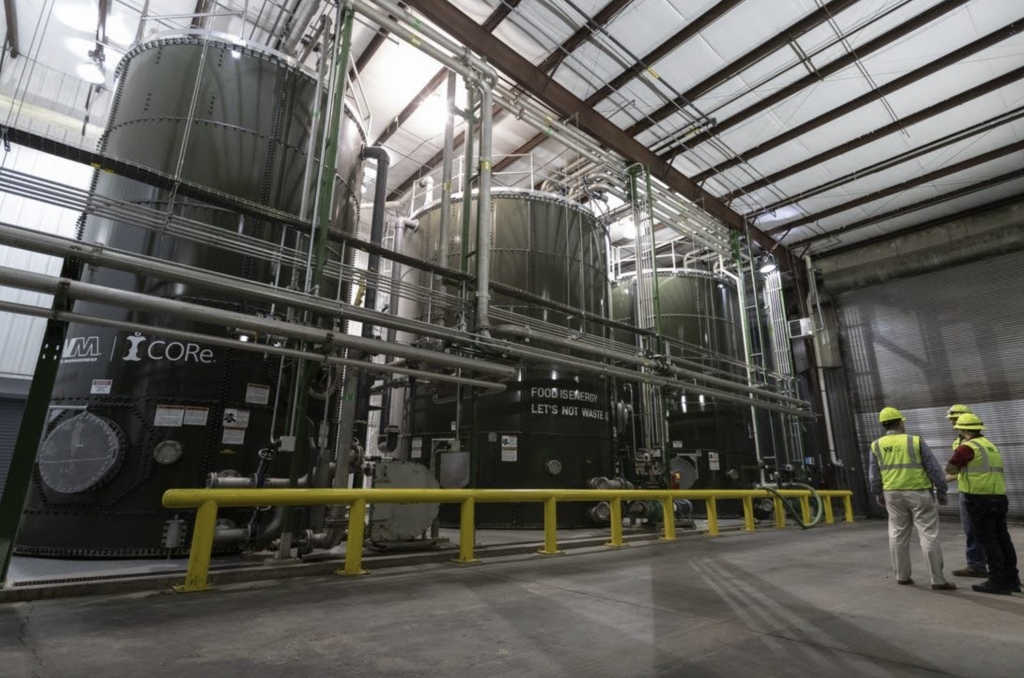 Now that it’s April—that’s right, it’s officially Earth Month—we’re shining a spotlight on our sustainability and environmentally-friendly efforts here at HelloFresh. Keep reading to learn more about the Centralized Organics Recycling (CORe®) Program.
Now that it’s April—that’s right, it’s officially Earth Month—we’re shining a spotlight on our sustainability and environmentally-friendly efforts here at HelloFresh. Keep reading to learn more about the Centralized Organics Recycling (CORe®) Program.
More than one-third of food goes uneaten around the world. And in the United States alone, 60 million tons of food is wasted annually. That’s why we obsessively seek partners to help us keep food out of landfills. Since 2018, we’ve partnered with WM (formerly known as Waste Management) who accepts food waste from our New Jersey facility and transforms it into renewable energy through its CORe® Program.
The Centralized Organics Recycling (CORe®) Program helps us meet our company-wide sustainability goals. To learn more about exactly how it’s done, we spoke with Arielle Bernard of the CORe® team to share details on the complex technology, its role in offsetting food waste, and seeing the light at the end of the tunnel.
HelloFresh: Can you tell us a little bit about where the CORe® program came from?
Arielle Bernard: Our primary focus has always been trash and recycling services. But in the last decade, there has been a big push from customers and municipalities to take advantage of the energy that food has instead of just sending it to a landfill to rot. That’s why we believe it’s imperative we help find solutions to manage this organic material. WM is doing just that by implementing programs and new technologies to turn food and yard waste into resources like fertilizer.
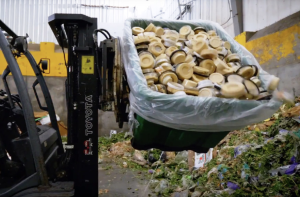
Food waste being sorted at WM’s CORe® partnership facility.
HF: What makes the CORe® technology unique?
AB: Many compost facilities require a lot of land and time for food to break down into compost, which acts as fertilizer. It usually takes 3-6 months for food waste to break down whereas our CORe® technology can receive and recycle food waste within one to three business days. Our solution converts food waste into EBS®, an organic slurry that generates green energy.
HF: Why did WM create a program like this?
AB: WM developed the CORe® technology as a solution to manage waste in space-constrained, big metropolitan cities where there’s a lot more food being disposed of and contamination in that food that circumvents the process. In 2011, we realized that with landfill space becoming smaller and smaller, and with people not really wanting to live by new landfills, there was a big opportunity for us to be innovative. There’s not one perfect solution when it comes to managing food waste, but this CORe® solution is definitely very helpful for big, urban areas like in New York City or New Jersey.
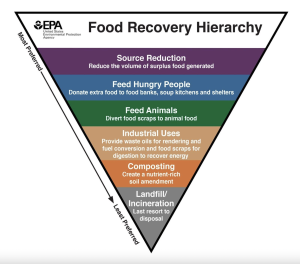
The Food Recovery Hierarchy established by the EPA.
HF: How big of a problem is food waste in the country?
AB: About 40% of food waste gets sent to landfills. Basically, instead of it being donated or distributed to other humans or animals, all of that is just being sent to rot in a landfill. When in a landfill, food waste creates methane emissions – a powerful greenhouse gas, so we pay a climate price for that along with the emissions “investment” made at the farm level. There’s a huge opportunity there for managing food better, and it isn’t just about feeding people; the climate suffers as well.
HF: And what about other organic programs like composting?
AB: As a company, WM has over 40 composting facilities throughout the country. A lot of them are focused more in the middle of the country because there’s more farmland, space and yard waste available. But both composting and the CORe® program are really important solutions for managing food waste rather than sending food waste to landfills.
Every bit of food waste generated from our HelloFresh distribution center in New Jersey is sent to WM’s CORe® partnership facility, helping to power thousands of homes and reducing millions of tons of solid food waste from landfills. For more information on WM’s CORe® Program and other green initiatives from WM, head here.
